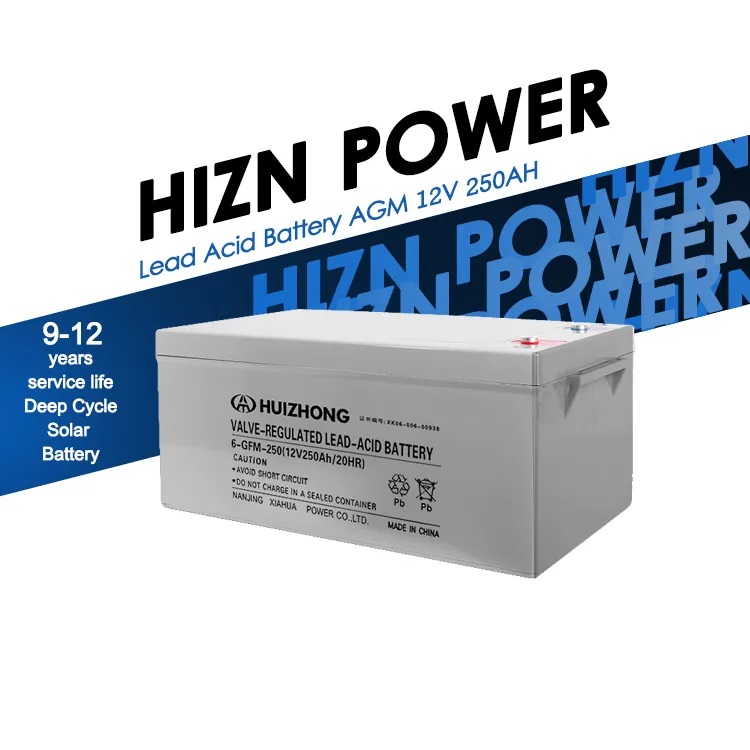Maintenance-free lead-acid batteries, also known as valve-regulated lead-acid (VRLA) batteries, are classified into two main types.
- Absorbent Glass Mat (AGM) Batteries:
- AGM batteries use a fiberglass mat to absorb and immobilize the electrolyte solution between the battery plates. The fiberglass mat helps to prevent spills even if the battery case is broken.
- These batteries are sealed, and the internal pressure is regulated by a valve that allows gases to escape if they build up during charging.
- AGM batteries are known for their low internal resistance, fast charging capabilities, and resistance to vibration.
- Gel Batteries:
- Gel batteries use a silica-based gel electrolyte instead of a liquid electrolyte. The gel electrolyte is thickened to a gel-like consistency, immobilizing it within the battery.
- These batteries are also sealed, and the gel electrolyte prevents spillage even if the battery case is damaged.
- Gel batteries are known for their deep cycling capabilities, high resistance to overcharging, and better performance in high-temperature environments compared to AGM batteries.
Both AGM and gel batteries are commonly used in applications where maintenance-free operation, sealed construction, and reliability are important, such as backup power systems, renewable energy storage, and emergency lighting. The choice between AGM and gel batteries often depends on factors such as cost, specific application requirements, and environmental conditions.


